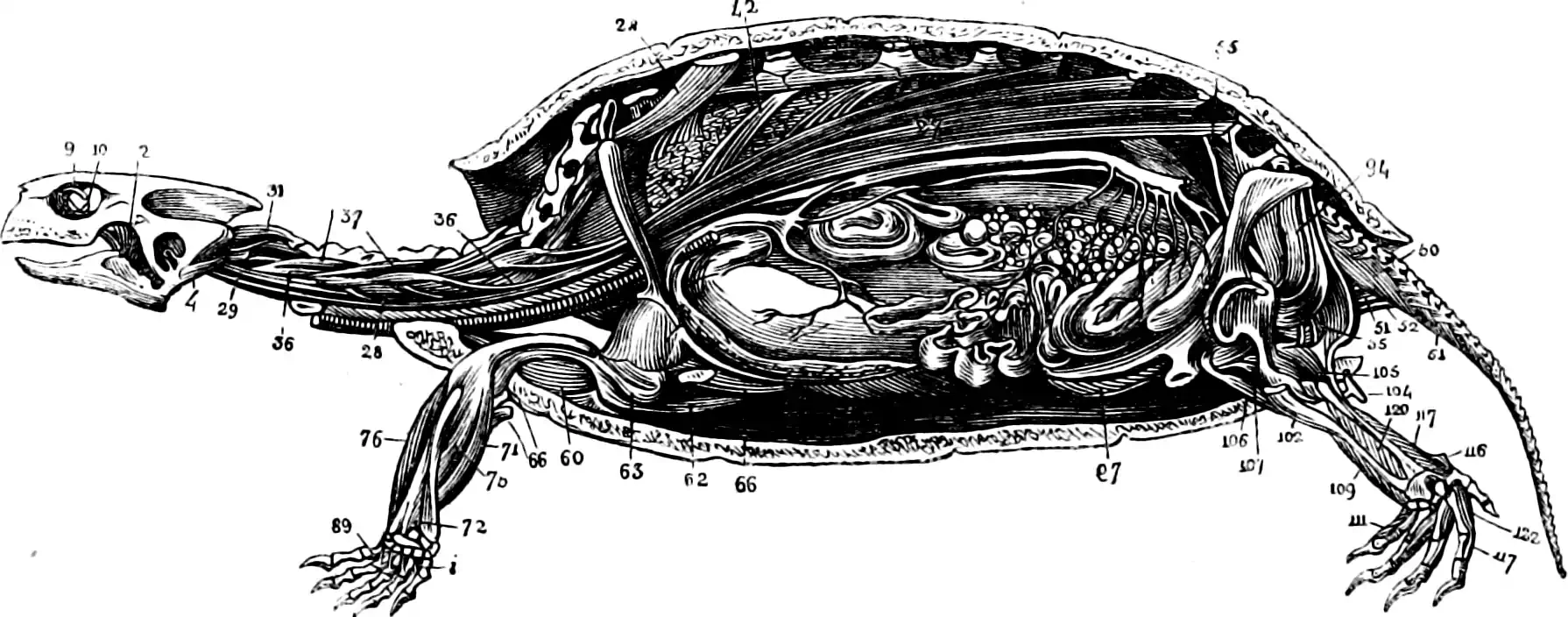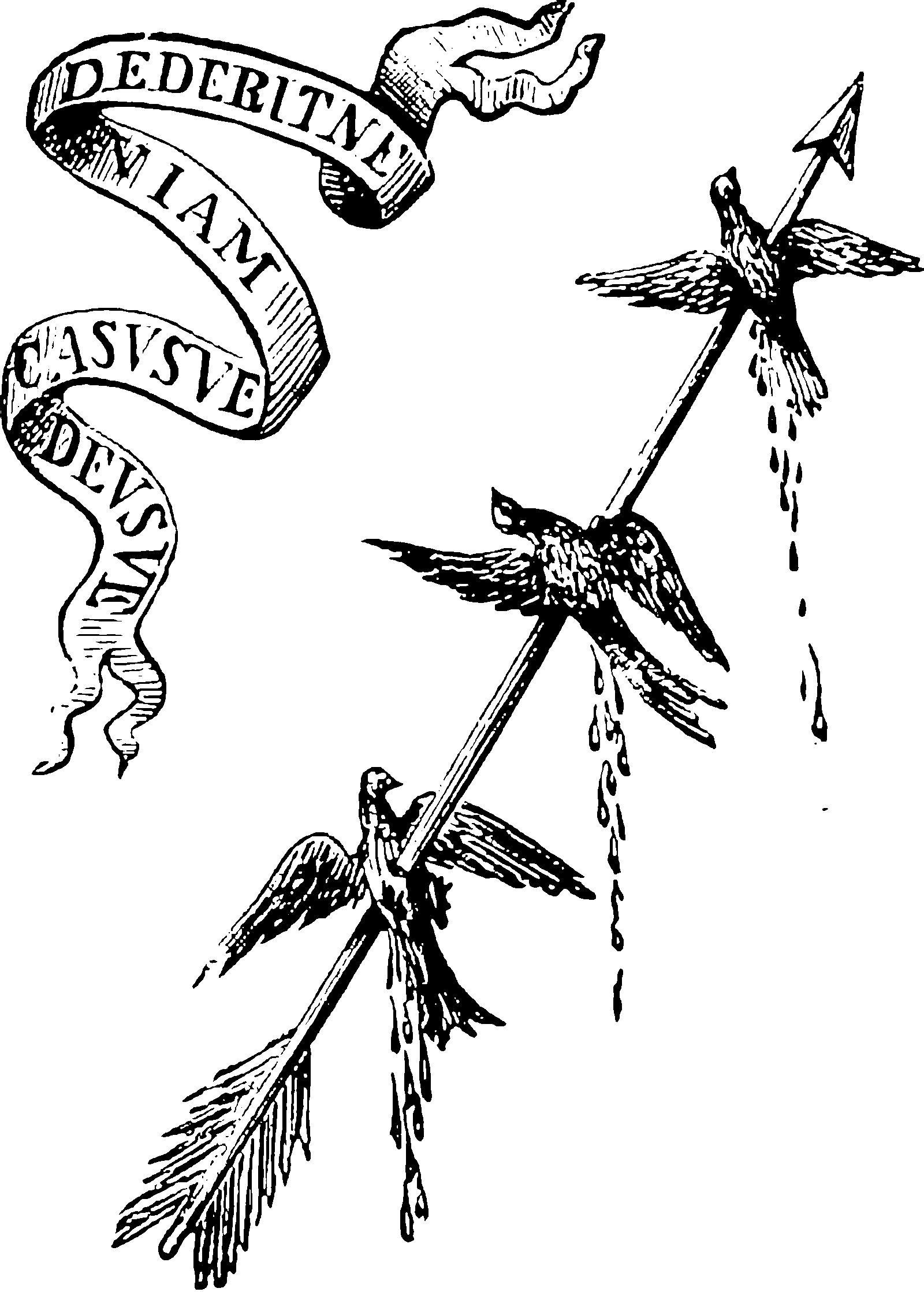Bayesian inverse problems
March 30, 2016 — January 13, 2022
Suspiciously similar content
Inverse problem solution with a probabilistic approach. In Bayesian terms, say we have a model which gives us the density of a certain output observation \(y\) for a given input \(x\) which we write as \(p(y\mid x)\). By Bayes’ rule we can find the density of inputs for a given observed output by \[p(x \mid y)=\frac{p(x) p(y \mid x)}{p(y)}.\] The process of computing \[p(x \mid y)\] is the most basic step of Bayesian inference, nothing special to see here.
In the world I live in, \(p(y \mid x)\) is not completely specified, but is a regression density with unknown parameters \(\theta\) that we must also learn, that may have prior densities of their own. Maybe I also wish to parameterise the density for the prior on \(x\), \(p(x \mid \lambda),\) which is typically independent of \(\theta.\) Now the model is a hierarchical Bayes model, leading to a directed factorisation \[p(x,y,\theta,\lambda)=p(\theta)p(\lambda)p(x\mid \lambda) p(y\mid x,\theta).\] We can use more Bayes rule to write the density of interest as \[p(x, \theta, \lambda \mid y) \propto p(y \mid x, \theta)p(x \mid\lambda)p(\lambda)p(\theta).\] Solving this is also, I believe, sometimes called joint inversion. For my applications, we usually want to do this in two phases. In the first, we have some data set of \(N\) input-output pairs indexed by \(i,\) \(\mathcal{D}=\{(x_i, y_i:i=1,\dots,N)\}\) which we use to estimate posterior density \(p(\theta,\lambda \mid \mathcal{D})\) in some learning phase. Thereafter we only ever wish to find \(p(x, \theta, \lambda \mid y,\mathcal{D})\) or possibly even \(p(x \mid y,\mathcal{D})\) but either way do not thereafter update \(\theta, \lambda|\mathcal{D}\).
If the problem is high dimensional, in the sense that \(x\in \mathbb{R}^n\) for \(n\) large and ill-posed, in the sense that, e.g. \(y\in\mathbb{R}^m\) with \(n>m\), we have a particular set of challenges which it is useful to group under the heading of functional inverse problems.1 A classic example of this class of problem is “What was the true image that was blurred to create this corrupted version?”
1 Laplace method
We can use Laplace approximation to approximate latent density.
Laplace approximations seem like they might have an attractive feature: providing estimates also for inverse problems (Breslow and Clayton 1993; Wacker 2017; Alexanderian et al. 2016; Alexanderian 2021) by leveraging the delta method. I think this should come out nice in network linearization approaches such as Foong et al. (2019) and Immer, Korzepa, and Bauer (2021).
Suppose we have a regression network that outputs (perhaps approximately) a Gaussian distribution for outputs given inputs.
TBC.
2 References
Footnotes
There is also a strand of the literature which refers to any form of Bayesian inference as an inverse problem, but this usage does not draw a helpful distinction for me so I avoid it.↩︎

